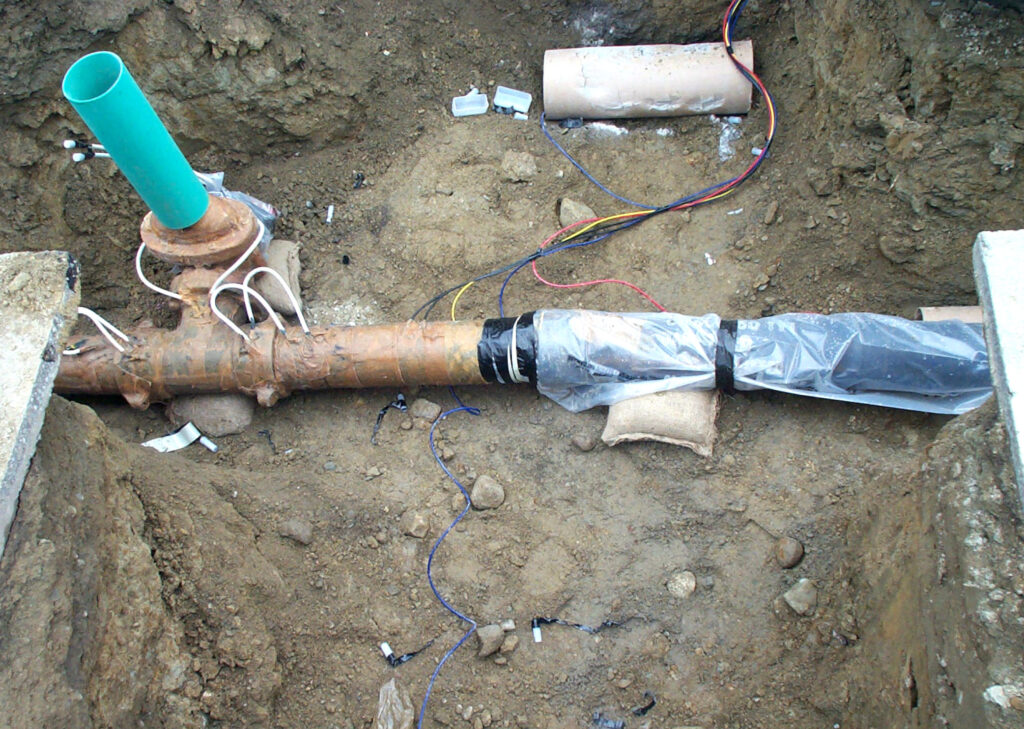Cathodic letting go, often referred to in the realm of electrochemistry, is a fascinating phenomenon that embodies the delicate interplay of physical, chemical, and environmental forces. While the term may sound abstract, its implications stretch far and wide, touching industries, scientific research, and even philosophical musings about the nature of resilience and decay.
Understanding the Basics Cathodic Letting Go
At its core, cathodic letting go describes the failure of a material or coating system due to the loss of adhesion at the cathodic regions under certain electrochemical conditions. This process often occurs in systems designed to resist corrosion, such as protective coatings or cathodically protected pipelines. To grasp the essence of cathodic letting go, it is essential to delve into its fundamental components: cathodic protection, material adhesion, and the environmental triggers that lead to degradation.
Cathodic Protection: A Shield Against Corrosion
Cathodic protection is a widely used method to prevent corrosion, particularly in metals exposed to harsh environments like seawater, soil, or industrial atmospheres. By converting the entire metal surface into a cathode of an electrochemical cell, engineers effectively inhibit oxidation, the primary reaction that causes corrosion.
However, this protection strategy is not without its challenges. Overprotection can lead to unintended consequences, such as hydrogen evolution or excessive alkalinity at the metal-coating interface. These secondary reactions are often precursors to cathodic letting go.
Adhesion: The Bond That Holds Systems Together
The effectiveness of any protective coating lies in its ability to adhere firmly to the substrate. This adhesion depends on several factors, including the surface preparation, coating composition, and environmental conditions during application. Cathodic letting go typically begins when this critical bond is weakened or disrupted.
In cathodic regions, the electrochemical environment can become highly alkaline due to the reduction of oxygen and water, which generates hydroxide ions. Over time, this high pH environment can attack the chemical bonds at the coating-metal interface, leading to delamination or blistering. This is the essence of cathodic letting go—an unfortunate consequence of protective systems failing under prolonged stress.
Mechanisms Driving Cathodic Letting Go
The process of cathodic letting go is driven by several intertwined mechanisms:
- Alkalinity Build-Up: As mentioned, cathodic reactions generate hydroxide ions, raising the pH near the interface. This shift in pH can compromise the integrity of the coating, particularly if the coating material is not resistant to alkaline environments.
- Hydrogen Embrittlement: In some cases, hydrogen gas evolution can occur at the cathode. This hydrogen may diffuse into the substrate, especially in high-strength steels, leading to embrittlement and subsequent cracking.
- Osmotic Blistering: The high concentration of ions at the cathodic interface can create an osmotic gradient, drawing water into the system. This water accumulation exerts pressure on the coating, causing blisters that further weaken adhesion.
- Microbial Influence: Microorganisms, such as sulfate-reducing bacteria, can exacerbate cathodic letting go by producing corrosive byproducts or altering the local electrochemical environment.
Implications Across Industries
Cathodic letting go is not just a laboratory curiosity; it has real-world implications that can affect infrastructure, industries, and economies. Here are a few examples:
Oil and Gas Pipelines
Pipelines often rely on a combination of coatings and cathodic protection to prevent corrosion. However, cathodic letting go can undermine this defense, leading to leaks, spills, and costly repairs. Advances in coating technology aim to address this challenge, but ongoing monitoring remains critical.
Maritime Structures
Ships, offshore platforms, and underwater cables are all vulnerable to cathodic letting go. In these environments, the stakes are high, as structural failures can endanger lives and ecosystems. Improved materials and engineering practices are helping to mitigate these risks.
Aerospace Applications
In the aerospace industry, lightweight yet strong materials are often employed. While cathodic protection is less common here, protective coatings are still vital. The lessons learned from cathodic letting go can inform strategies for prolonging the life of aerospace components.
Prevention and Mitigation Strategies
Preventing cathodic letting go requires a multi-faceted approach that considers material science, electrochemistry, and environmental factors:
- Optimized Coatings: Developing coatings with enhanced resistance to alkalinity and hydrogen permeation can significantly reduce the risk of cathodic letting go.
- Controlled Cathodic Protection Levels: Avoiding overprotection by carefully monitoring and adjusting the applied voltage is crucial.
- Surface Preparation: Ensuring proper surface cleanliness and roughness can enhance adhesion and reduce susceptibility to delamination.
- Regular Inspections: Early detection of issues through non-destructive testing and regular inspections can prevent minor problems from escalating.
- Advanced Research: Ongoing research into the mechanisms of cathodic letting go is vital for developing innovative solutions and materials.
A Philosophical Perspective
Beyond its technical aspects, cathodic letting go offers a metaphor for resilience and the limits of protection. Just as materials can fail under relentless stress, so too can human systems, relationships, and organizations. The phenomenon reminds us that even the strongest defenses have their vulnerabilities and that adaptability and vigilance are key to long-term success.
Conclusion
Cathodic letting go, though rooted in the niche world of electrochemistry, has far-reaching implications. It challenges engineers, scientists, and industries to innovate and adapt, pushing the boundaries of what is possible in material protection. At the same time, it serves as a poignant reminder of the delicate balance between resilience and decay—a balance that defines much of our world.

